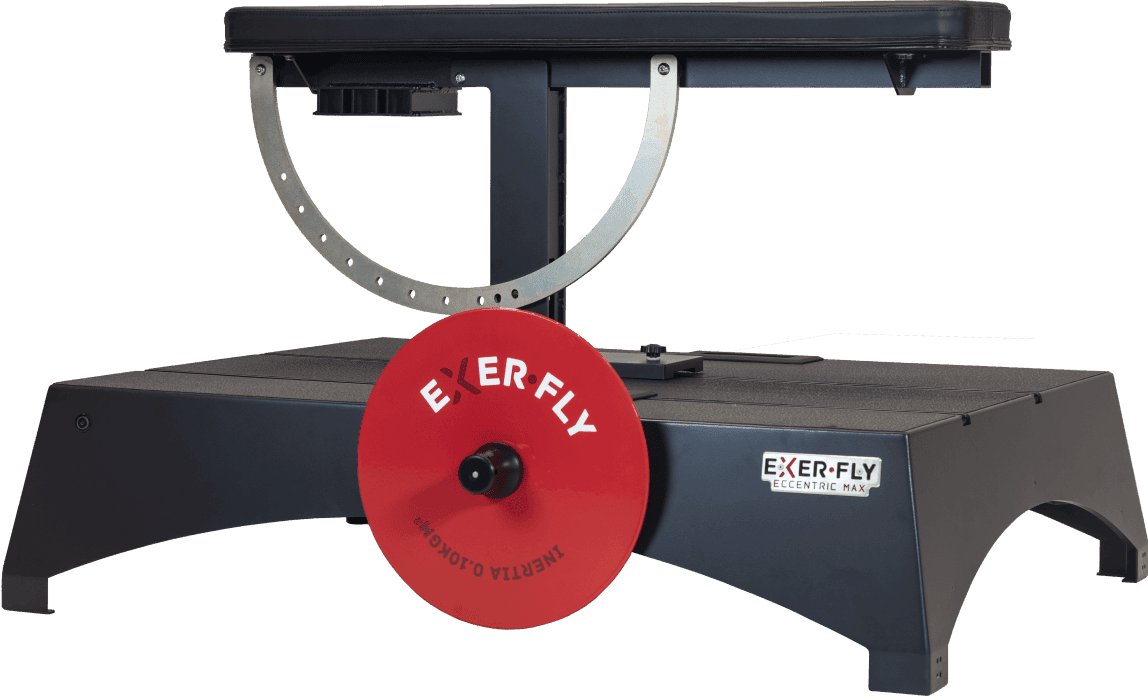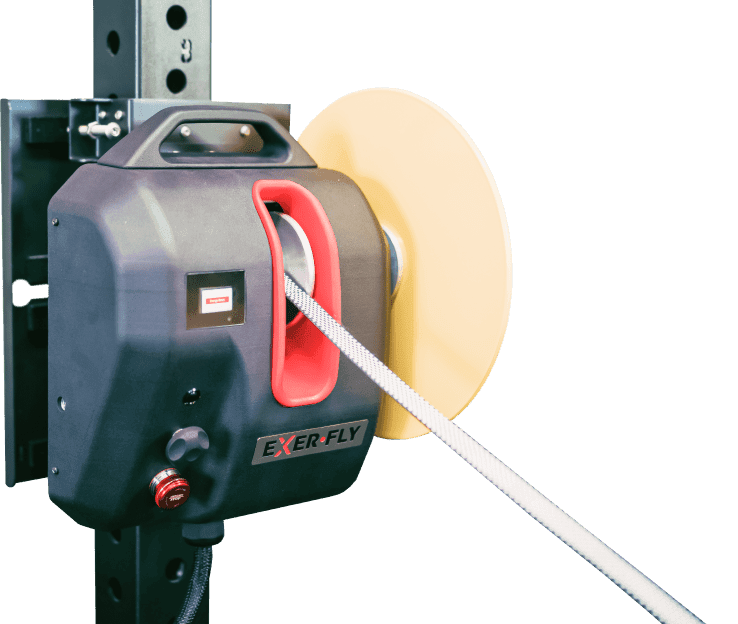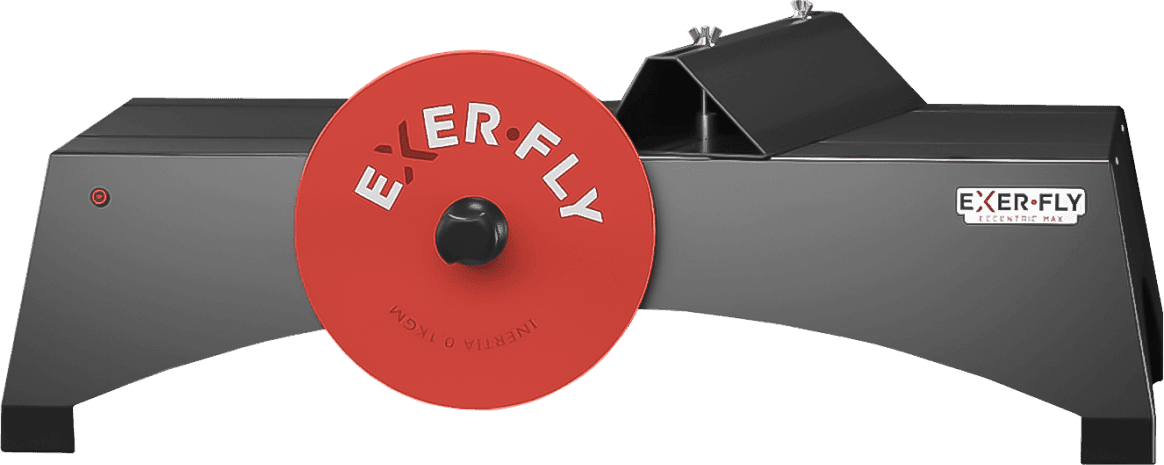
Does Flywheel Paradigm Training Improve Muscle Volume and Force? A Meta-Analysis
Introduction
Resistance training produces muscular adaptations at multiple structural and functional levels. Many studies have demonstrated that chronic resistance exercise can produce neural changes in the first several weeks and increase hypertrophy (after 4–8 weeks) and strength within the first 4 weeks of training.
This meta-analysis analyzed the role of various factors on the effectiveness of flywheel paradigm training through the following criteria: (a) randomized studies; (b) high validity and reliability instruments; (c) published in a high-quality peer-reviewed journal; (d) healthy participants; (e) studies where the eccentric programme was described; and (f) studies where increases in muscle volume and force were measured before and after training.
What They Did
The meta-analysis looked at 13 studies with a total of 18 effects. It analyzed the role of various factors on the effectiveness of flywheel paradigm training to increase muscle volume and force.
Literature searches were conducted online and assessed ADONIS, ERIC, SPORTSDiscus, EBSCOhost, Google Scholar, MedLine, and PubMed electronic databases between October and November 2015 and was updated in March 2016. Keywords used included eccentric, eccentric overload, flywheel, resistance training, and inertia.
What They Found
The main findings from this review were found that:
- Increases in muscle mass and force were noted through the use of flywheel systems during short training periods.
- A previous familiarization period with the flywheel system facilitates the improvements in muscle volume.
- The increase in muscle mass does not appear to be influenced by the existence of EO during the exercise.
- The increase in force was significantly higher with the existence of EO during the exercise.
Practical Application
The review concludes that using a training system based on the flywheel paradigm generates more significant improvements in maximum voluntary force compared with traditional methodologies. Following this conclusion, each person can use flywheel training to improve their performance and abilities by emulating the study's results. For example, if you want to work on your maximal isometric voluntary contractions, your flywheel training programme should look something like this:
- 5 weeks- short period of training
- 2-3 days a week
- 3-4 sets a day
- 2-minute rest between sets
Reference
Nuñez, Francisco & Sáez de Villarreal, Eduardo. (2017). Does Flywheel Paradigm Training Improve Muscle Volume and Force? A Meta-Analysis. Journal of Strength and Conditioning Research. 31. 1. 10.1519/JSC.0000000000002095.






